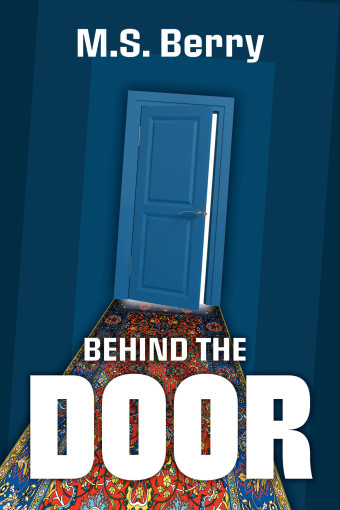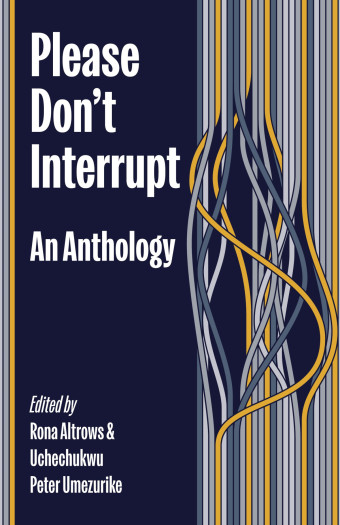For a decade, award-winning poet Lisa Martin’s primary artistic focus was her debut novel, A Story Can Be Told About Pain.
“When I started work on the novel, I had already published my first collection of poems, One Crow Sorrow,” the Edmonton-based author says, adding that poetry was “the first way I found to work through my material, which was about grief and questions about how we live with suffering – our own and other people’s.”

- A Story Can Be Told About Pain
- Lisa Martin
- NeWest Press
- $24.95 Paperback, 400 pages
- ISBN: 978-17-74391-16-7
The novel opens with Shiloh working at a forestry research station in the B.C. Interior in 2010, taking stock of her life. She had been raised in a clearing in northern B.C., playing in the creek near her home, roaming the countryside, returning to a home where the lit fires provided warmth and comfort.
Then her father died, and in 1994, her mother Ruth moved them to a church-funded housing complex in Vancouver.
Ruth has to deal with her own grief, as well as earn a living, but Shiloh deals with hers by running with a rough group of teens living in foster care who are engaged in drug use, criminal activity, and violence.
Raymond’s father Helmut lives in the same housing complex, and carries such a load of guilt and anger that his daughter, Eva, ran away from home years ago. Raymond, trying to be a good son, forces himself to visit Helmut once a week.
The novel’s central image is the abandoned, derelict Pacific Hospital for the Mind, located on the other side of the trees surrounding the housing complex, left to become a playground for destructive youth after the asylum emptied.
The image, according to Martin, is a comment: “In what ways do we (and don’t we) take care of our own and one another’s pain? In what way are we responsible to and for ourselves and one another, and where are we in dereliction of our duty to ourselves and one another?”

The finely-drawn characters in the novel have each come to a particular point in their lives where they must deal with their pain, whether it be grieving their lost ones, or dealing with childhood, war, and inherited trauma.
Raymond’s psychic pain eventually spirals out of control, and Shiloh’s grief leads her down some dark and dangerous paths. Martin’s beautiful prose controls the increasing tension.
One grace note comes from Madeleine, a 90-year-old living in the housing complex, who retired some years ago from nursing in the hospital, and remains a nurturing presence, planting flowers at the graves of the patients and watching out for her neighbours. Her hard-won wisdom is healing for Raymond and Shiloh, and for the reader.
“Mental health is not something I take lightly or for granted. I think when you have to work through trauma, especially as a writer, it sharpens your imagination of what the other people might be holding,” Martin says.
“We can extrapolate from what we know about being a person in pain under certain kinds of conditions to what our fictional characters are holding, what their ‘emotional half-acre’ looks like, to quote Anne Lamott.”













